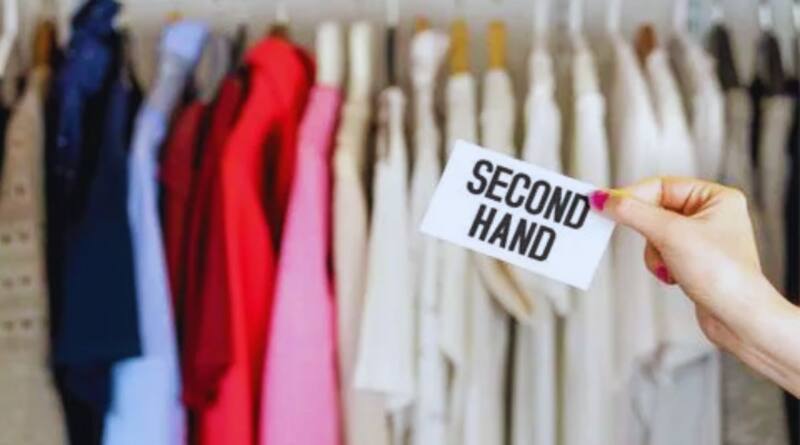How Look Second-hand Fashion Is Becoming Mainstream:
Growing up in a large family can be wonderful, but it also has its drawbacks, such as competing for the last slice of pizza, fumbling for the TV remote, or being bombarded with hand-me-downs—where worn clothes are passed down from older to younger siblings. Personal preference is uncertain. Perhaps that is why secondhand clothing has a bad reputation.
Thankfully, second-hand fashion has progressed significantly since then. It has progressed from the margins of society to the mainstream, acquiring quirky names along the way, such as thrifted, upcycled, or pre-owned clothing. Call them what you want, but pre-owned clothing is having a moment.
The global clothing resale market is worth $193 billion. It is expected to reach 350 billion dollars by 2027.
There are two major reasons for this boom. One is the cost-of-living crisis. Purchasing used clothing, shoes, or bags is a cost-effective and, in many cases, wise decision. That brings us to the second reason: “sustainability. “Every year, 80 billion new pieces of clothing are purchased worldwide.
However, three out of every five of these items end up in landfills within a few years. Pre-owned clothing can save money and reduce carbon footprints. In doing so, they capture the attention of the typically attention-deficient Generation Z. The young are primarily driving this shift. They account for 31% of all resold fashion consumers. Also, they account for 90 percent of the user base for some online fashion reselling stores.
The hashtag “Vintage” has received approximately 30 billion views on TikTok, the young generation’s favourite app. This is not to say that older generations are not interested. Simply look at children’s clothing. It is the fastest-growing apparel resale segment. This means that parents are also interested.
As a result, upcycled fashion has grown into a lucrative industry. However, purchasing pre-owned items is only one aspect of the story. Selling it is the inverse of it. Consumers are decluttering their wardrobes. They resell items they no longer wear to make a quick profit. This is especially true for Generation Z, who account for 44% of all apparel resales.
The process has become easier over time. There are online portals for reselling items. In the United Kingdom, eBay’s secondhand fashion listings increased by 20% annually in 2023. There are also thrift stores on Instagram. They’ve become a big deal in India. People gather items, clean them, and style them for photo shoots. The mantra is “market, package, and then sell.”
That’s not all; a circular economy is being developed, and mainstream retailers want a piece. Selfridges is a high-end British department store with a vintage channel. The luxury fashion market is also being redefined. Luxury handbags, shoes, and watches have become valuable assets. Their price usually rises over time. People simply resell these products after they have used them. They get more than their money’s worth.
According to reports, up to 62 percent of resellers make a profit. And now, major brands want a share in it as well. Balenciaga has a resale programme in America, Europe, and Singapore.
Owners can sell their pre-owned products to the brand and receive payment for them. Coach, the luxury bag maker, also has a resale programme. Rolex sells pre-owned watches in Europe.
Meanwhile, Gucci’s parent company, Kering, has invested 193 million dollars in a pre-owned e-tailer brand for 2022. By 2023, its transaction volume had grown by more than 100%. As a result, upcycled pieces are both less expensive and more environmentally friendly. They are disrupting the fashion industry. Some people consider thrifting to be a passing fad. For others, it is a passion. For many, it is an affordable option. But, whatever the reason, the world appears to be in love with the preloved.




